If you’re looking for a wholesome, protein-packed breakfast that’s both traditional and trendy, this pesarattu recipe is exactly what you need. Made from green gram (whole moong dal), this South Indian crepe is naturally vegan, gluten-free, and loaded with nutrition.
Unlike dosa, which requires overnight fermentation, the pesarattu recipe is quick to prepare: soak, grind, pour, and cook. It’s the kind of dish that satisfies your cravings while still aligning with your clean-eating goals. Whether you’re on a high-protein diet or just want to try something new, this Andhra Pradesh classic should be on your table.
Table of Contents
Table of Contents
What is Pesarattu? Origin and Cultural Relevance
At its core, the pesarattu recipe comes from Andhra Pradesh, a state in South India known for bold flavors and nourishing meals. “Pesara” means green gram in Telugu, and “attu” means pancake together; they form pesarattu, a green lentil crepe that has been enjoyed for generations.
Pesarattu is more than a dish; it’s a symbol of heritage, simplicity, and nutritional wisdom. It’s commonly served for breakfast or brunch, often paired with chutneys or even stuffed with upma, making it a complete meal.
Traditional Roots in Andhra Cuisine
In Andhra homes, the pesarattu recipe holds a place of pride. Unlike the fermented dosa batter that requires prep the night before, pesarattu is made with whole soaked green gram, making it quicker and arguably more nutritious.
If you enjoy hearty and balanced meals, consider pairing pesarattu with comforting sides like this Comforting Pastina Soup with Egg for a fusion-style breakfast.
Pesarattu vs. Dosa: What’s the Difference?
A common question is whether the pesarattu recipe is just a green version of dosa. The answer is no, it’s a different dish altogether.
| Feature | Dosa | Pesarattu |
|---|---|---|
| Main Ingredient | Rice + urad dal | Whole green gram (moong dal) |
| Fermentation | Yes, overnight | No fermentation needed |
| Cooking Time | Longer due to prep | Quick & beginner-friendly |
| Taste | Mild | Earthy, nutty, and protein-rich |
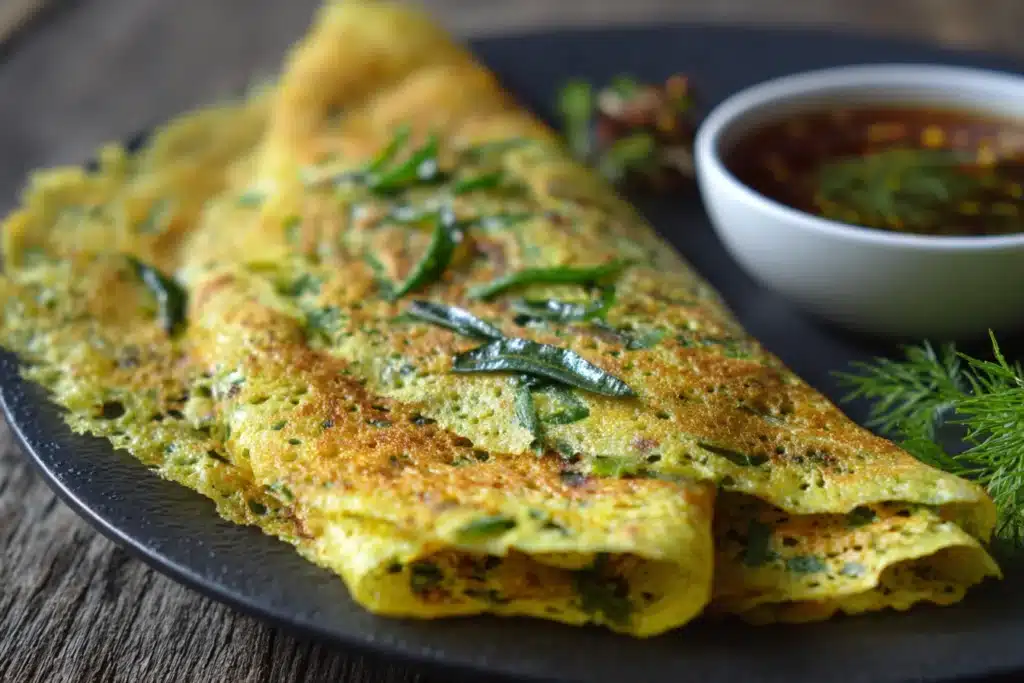
With the pesarattu recipe, you don’t need to plan. Just soak for a few hours and you’re ready to cook. For those who love quick meals, this is a must-try.
Why This Recipe Stands Out
Unlike modern health fads, the pesarattu recipe has always been ahead of the curve. It checks all the boxes:
- Naturally high in protein
- Free from gluten and refined flours
- Ideal for vegan and vegetarian diets
- No additives or fermentation required
Looking for more high-protein inspiration? These Easy Homemade Salmon Patties are another favorite.
Why You’ll Love This Pesarattu Recipe
There are many reasons to fall in love with the pesarattu recipe, whether you’re a health-conscious eater, a busy parent, or someone new to Indian cooking. It’s quick, wholesome, and full of flavor.
Let’s look at why this green gram crepe should be part of your weekly rotation.
Health Benefits of Green Gram (Moong Dal)
The base of the pesarattu recipe is whole green gram, a powerhouse legume. Here’s what makes it shine:
- High Protein Content: Great for vegetarians and vegans.
- Rich in Fiber: Aids digestion and keeps you full longer.
- Low in Calories: Perfect for weight loss and low-GI diets.
- Packed with Micronutrients: Contains potassium, magnesium, and iron.
- Easily Digestible: Ideal for people with sensitive stomachs.
According to Healthline, moong dal is rich in protein, fiber, antioxidants, and essential nutrients like magnesium and potassium.
If you enjoy flavorful and healthy dishes like this, don’t miss the Delicious Caribbean Jerk Fish Recipe, which is also protein-rich and spice-forward.
Gluten-Free, Vegan, and Diabetic-Friendly
The pesarattu recipe is naturally:
- Gluten-free – no wheat or all-purpose flour involved
- Vegan – no animal products or dairy
- Diabetic-friendly – low glycemic index and slow-release carbs
Because it’s made from whole legumes, it supports blood sugar balance, making it a smart breakfast choice for people with diabetes or those watching carbs.
You can even pair it with this Easy Homemade Sourdough Bread if you’re building a mixed plate for brunch.
Green gram has a low glycemic index, which helps regulate blood sugar making it a smart choice for diabetics (Harvard GI Database)
Ingredients for the Perfect Pesarattu Recipe
Making this pesarattu recipe is super simple. Here’s everything you need for a basic batch (serves 2–3 people).
Main Ingredients:
- 1 cup whole green gram (moong dal)
- 2 tbsp rice (optional, for extra crispiness)
- 1-inch ginger piece
- 2–3 green chilies (adjust to taste)
- 1 tsp cumin seeds
- Salt to taste
- Water for grinding
- Oil or ghee for greasing the pan
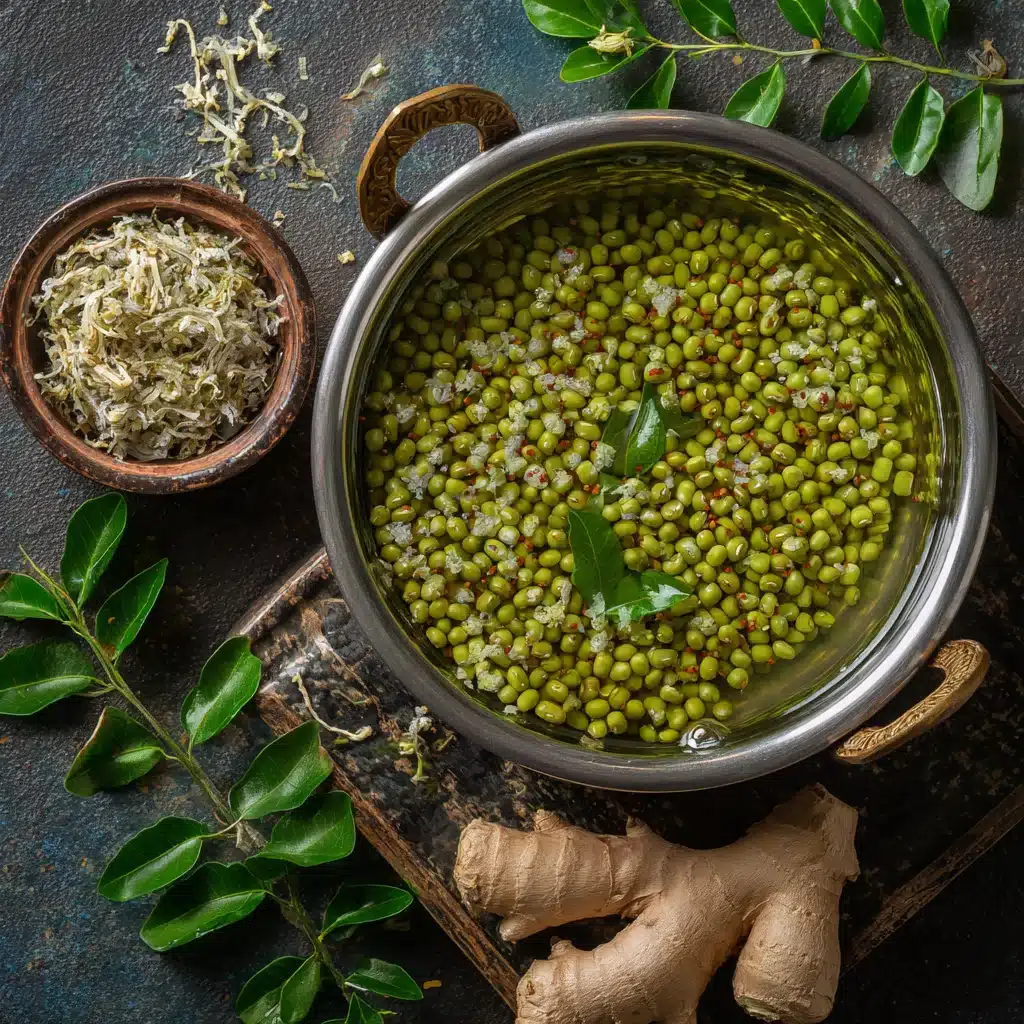
Want to keep it low-carb? Just skip the rice the pesarattu recipe still turns out fantastic.
Optional Fillings and Toppings:
- Chopped onions
- Coriander leaves
- Grated carrots or beets
- Crushed black pepper
- Extra green chilies (for spice lovers)
You can mix these into the batter or sprinkle them on top while cooking. And if you’re in the mood for something sweet on the side, try this Homemade Apple Fritter Cake because balance is key.
Ingredient Prep Tips
- Soak the green gram for at least 4–6 hours. Overnight soaking works best.
- Don’t ferment: This is a no-wait batter you can grind and use right away.
- Cook on a seasoned pan: A cast-iron or non-stick pan works well for a crispy crepe.
How to Make Pesarattu Recipe (Step-by-Step Instructions)
This pesarattu recipe is beginner-friendly, fast, and doesn’t require any fermentation, making it ideal even for last-minute meals. All you need is a few pantry staples and a non-stick or cast-iron skillet to create crepes that are golden, crispy, and packed with flavor.
Let’s break it down step by step.
Step 1: Soak the Green Gram
Start by washing 1 cup of whole green gram (moong dal) under running water until the water runs clear. Then soak it in plenty of water for at least 4–6 hours or overnight for best results.
Soaking is essential. It softens the beans and makes them easier to grind, while also boosting their nutritional profile and digestion.
Optional: If you want slightly crispier crepes, add 2 tablespoons of raw rice to the soaking water.
Step 2: Grind the Batter
Drain the soaked green gram and rice (if using) and transfer them to a blender.
Add:
- 1 inch piece of ginger
- 2–3 green chilies
- 1 tsp cumin seeds
- Salt to taste
- Just enough water to create a thick, spreadable batter
The consistency should be similar to pancake batter pourable but not watery. If it’s too thick, add water one tablespoon at a time.
This step is crucial because the texture of your batter determines how your pesarattu recipe turns out—crispy and light or soft and chewy.
Step 3: Heat and Prep Your Pan
Place your pan on medium heat and let it get hot. Add a few drops of oil and spread it with a paper towel or spatula.
- Use a cast-iron skillet for the crispiest crepes
- A non-stick pan works well too, especially for beginners
Once hot, pour a ladleful of batter onto the center and spread it out in a circular motion using the back of the ladle. You should aim for a thin, even circle about 8 inches in diameter.
Step 4: Add Optional Toppings
Quickly top the spread batter with:
- Chopped onions
- Fresh coriander
- Grated carrots or beets
- A pinch of crushed pepper
Press the toppings lightly so they stick to the batter. Drizzle a few drops of oil around the edges and let the crepe cook for 2–3 minutes until the bottom is golden brown.
Flip (optional): The Traditional pesarattu recipe doesn’t require flipping. But if you prefer, you can flip it for just 30 seconds and remove it.
Pro Tip: If your batter sticks or doesn’t spread well, the pan isn’t hot enough. Reheat it and try again.
Step 5: Serve Hot
Serve the pesarattu hot off the pan with:
- Ginger chutney
- Coconut chutney
- Tomato chutney
- Or with upma stuffed inside for a classic Upma Pesarattu combo
And for a fun modern twist, pair it with sweet and savory recipes like this Peanut Butter Brownie Cheesecake Ice Cream or even a fresh Green Bean Casserole to balance your plate.
Troubleshooting Tips for First-Timers
Here are a few common issues beginners face and how to fix them:
| Problem | Fix |
|---|---|
| Batter won’t spread | Add a few tablespoons of water to thin it out |
| Crepe sticks to the pan | Use a seasoned or non-stick pan, ensure it’s hot |
| Crepe tears or breaks | Batter too thin—add a tablespoon of rice flour |
| Not crispy | Use less water and cook longer on medium heat |
Once you master the basics of this pesarattu recipe, it becomes second nature and incredibly versatile.
Recap: What Makes This Recipe Foolproof
- No fermentation needed
- Quick soak + grind method
- Naturally gluten-free and vegan
- Endless topping and filling options
- Perfect for beginners
Coming up next, we’ll explore pro tips and variations that take this pesarattu recipe to the next level, including spinach pesarattu, oats pesarattu, and mini versions for kids.
Tips for the Perfect Pesarattu Recipe
Now that you’ve nailed the basics of the pesarattu recipe, it’s time to take it to the next level. Let’s cover the exact cooking techniques and creative twists that can help you master the art of making this green gram crepe perfectly crispy, flavorful, and unique every time.
Texture and Crispness Secrets
Getting that perfect crispness is all about a few simple (but critical) tweaks:
- Use a hot pan: If your pan isn’t hot enough, the batter won’t spread well, and the crepe won’t crisp up.
- Limit water in the batter: Thin batter = floppy pesarattu. Keep it thick and spreadable.
- Add a bit of rice or rice flour (optional): This enhances the crunch without compromising softness inside.
- Don’t skimp on oil: A few drops around the edges make a big difference.
If you enjoy recipes that feel hearty and flavorful, this Green Bean Casserole is another savory comfort dish to explore.
Best Cookware to Use
The cookware you use can make or break your pesarattu recipe. Here’s a quick guide:
| Cookware | Recommended? | Why |
|---|---|---|
| Non-stick pan | ✅ Great for beginners | Batter spreads easily and won’t stick |
| Cast iron tawa | ✅ Best for crispiness | Heats evenly, perfect for texture |
| Stainless steel | ❌ Not recommended | Tends to stick, uneven heat |
Pro tip: If using cast iron, preheat the pan well and grease it with oil before the first crepe.
Variations of Pesarattu Recipe You Should Try
One of the biggest perks of the pesarattu recipe is its flexibility. Once you get the base batter right, you can create multiple variations to suit your diet, mood, or guests.
1. Upma Pesarattu (The Andhra Classic)
A traditional favorite in Andhra Pradesh. Simply roll a scoop of soft upma inside the crepe before folding.
- Soft inside, crispy outside
- Filling enough for lunch
- A great way to combine two dishes in one
2. Spinach and Oats Pesarattu
Want to boost nutrition? Try this powerful combo:
- Add ½ cup finely chopped spinach to the batter
- Mix in 2 tbsp rolled oats while grinding
The result? A fiber-rich, iron-packed crepe with an earthy flavor.
Pair this version with something slightly sweet and savory like Delightful Cranberry Cups with Phyllo Dough.
3. Mini Pesarattu for Kids
Kids love fun shapes and mini versions of food. Here’s what you can do:
- Make small, 4–5-inch crepes
- Add smiley faces or hearts using vegetables
- Serve with yogurt or a mild chutney
It’s a creative way to introduce protein-rich meals without complaints.
4. Sweet Pesarattu Twist
Feeling experimental? Add a dessert spin to your pesarattu recipe:
- Blend in a pinch of cinnamon or cardamom
- Top with peanut butter or a drizzle of honey
- Serve warm with sliced bananas
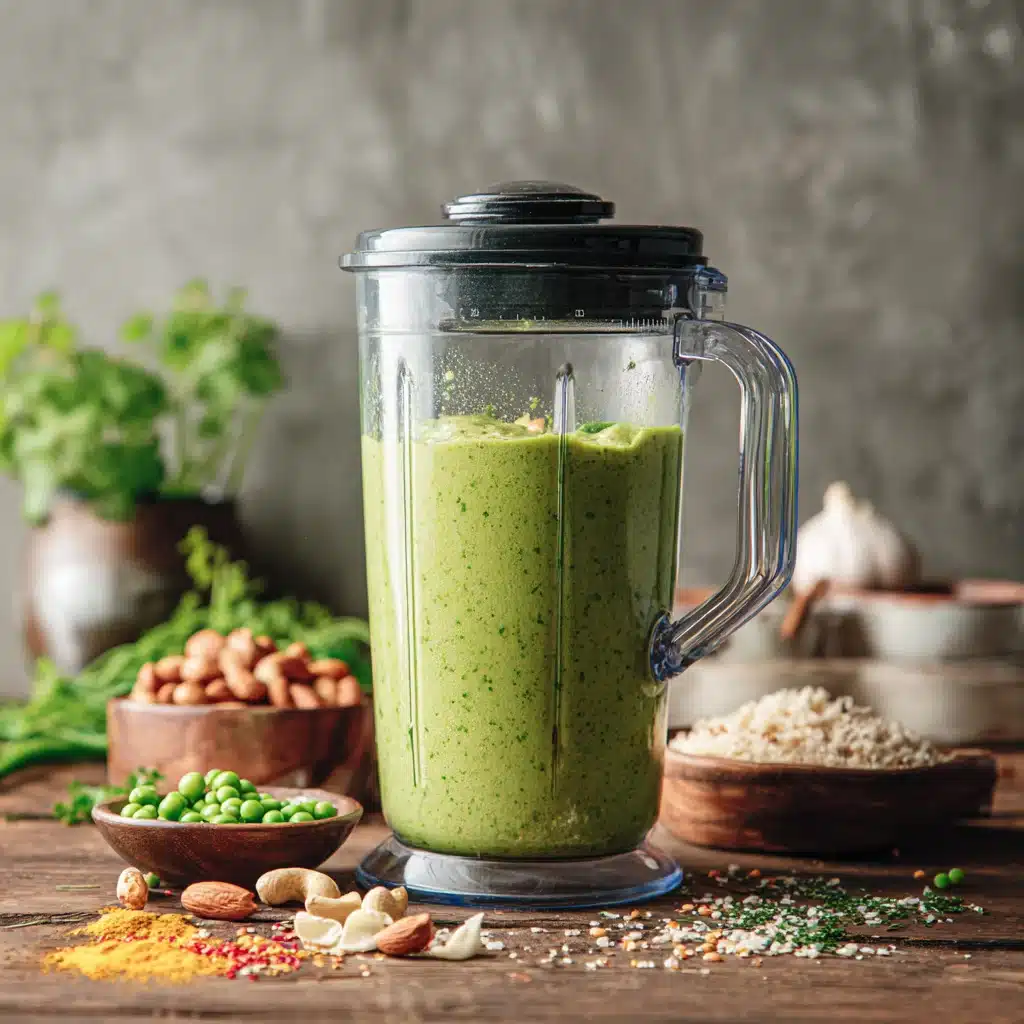
This sweet version pairs beautifully with this Homemade Apple Fritter Cake for a sweet-and-savory brunch treat.
Make It Yours, Every Time
The best part about this pesarattu recipe is that it’s customizable without getting complicated. Whether you want to boost fiber, add veggies, reduce spice, or create a kid-friendly dish, it all works.
And because it doesn’t require fermentation, it’s ideal for spontaneous cooking. No planning, just pure flavor.
Next up, we’ll cover what to serve with pesarattu, including perfect chutneys and reheating hacks that help you enjoy leftovers like they were just made.
What to Serve With Pesarattu
The beauty of the pesarattu recipe isn’t just in how quick and healthy it is, it’s also in how well it pairs with a variety of chutneys and sides. Whether you’re aiming for a classic Andhra breakfast or a complete meal, these pairings and tips will round out the experience.
Best Chutneys to Serve With Pesarattu
No pesarattu recipe is complete without chutney. These accompaniments add spice, sweetness, or creaminess—each one changing the mood of the meal.
1. Ginger Chutney (Allam Pachadi)
This is the traditional companion to pesarattu in Andhra cuisine. The heat of ginger pairs beautifully with the earthiness of moong dal.
Ingredients:
- Fresh ginger
- Tamarind paste
- Jaggery (optional)
- Red chilies
Spicy, tangy, and slightly sweet, it balances the flavors of the crepe perfectly.
2. Coconut Chutney
Cool and creamy, coconut chutney is great if you’re serving the pesarattu recipe to kids or spice-sensitive guests.
Common add-ins:
- Grated coconut
- Green chilies
- Roasted chana dal
- Mustard seeds (for tempering)
Pairing this combo with a simple main or dessert like this Homemade Apple Fritter Cake can create a well-rounded meal for brunch or tea time.
3. Tomato Peanut Chutney
This chutney brings a deep, rich flavor, nutty, spicy, and slightly acidic.
- Roasted peanuts
- Cooked tomatoes
- Garlic
- Curry leaves
It’s perfect when you want something heartier with your pesarattu recipe.
What Else Goes Well With Pesarattu?
While chutneys are the go-to, you can also serve pesarattu with:
- Yogurt or spiced buttermilk
- Upma for the famous upma pesarattu
- Mixed vegetable sabzi
- Mango pickle or lime pickle
- Masala chai for a cozy breakfast plate
Want to try a savory-and-sweet pairing? Add this rich Peanut Butter Brownie Cheesecake Ice Cream on the side, yes, it works!
Storage and Reheating Instructions
The pesarattu recipe is best enjoyed fresh, but that doesn’t mean you can’t prepare it ahead.
Can You Store the Batter?
Yes. The moong dal batter can be stored in the refrigerator for up to 2 days.
- Store it in an airtight container
- Stir well before using
- Add a splash of water if it thickens too much
Can You Store Cooked Pesarattu?
Yes, but it won’t be as crispy. You can refrigerate the crepes for up to 24 hours.
- Stack with parchment between each
- Reheat in a pan or on a tawa, not in the microwave
Want it crispy again? Reheat on a hot cast iron pan with a few drops of oil.
Can You Freeze It?
It’s not ideal to freeze the batter due to texture changes, but you can freeze cooked crepes.
- Let them cool completely
- Wrap individually in foil or plastic
- Store in a zip-lock bag
- Reheat directly from frozen in a pan (don’t microwave!)
Meal Prep Bonus Tip:
Make the batter on a Sunday night. You can have fresh pesarattu in under 10 minutes on weekday mornings, fast, filling, and fuss-free.
Next up, we’ll dive into the nutrition profile of the pesarattu recipe, how it fits into clean eating, weight loss, and even diabetic diets.
Pesarattu Recipe Nutrition Facts
The pesarattu recipe isn’t just a tasty dish; it’s a nutritional powerhouse. Whether you’re looking to build muscle, lose weight, manage diabetes, or simply eat clean, this dish offers a lot more than flavor.
Nutrition Profile: What’s in a Pesarattu?
Here’s an approximate breakdown of one medium-sized pesarattu (without fillings) made using moong dal and a few drops of oil.
| Nutrient | Amount (approx.) |
|---|---|
| Calories | 120–140 kcal |
| Protein | 8–10g |
| Fiber | 4–5g |
| Carbohydrates | 15–18g |
| Fat | 2–3g |
| Cholesterol | 0g |
| Sodium | 100–150mg |
| Sugar | 0g (natural only) |
Note: These values can vary based on the amount of oil used and any fillings like upma or chutneys.
A 100g serving of mung beans offers 7g of protein, over 15g of complex carbs, and is naturally low in fat (Healthline)
How Does the Pesarattu Recipe Fit into Diet Plans?
Let’s explore how this recipe aligns with various eating lifestyles:
For Weight Loss
- Low in calories
- High fiber keeps you full longer
- Zero refined flours
For Diabetics
- Made with whole green gram, which has a low glycemic index
- Supports stable blood sugar levels
For Athletes or Gym-Goers
- Provides complete plant-based protein
- Excellent for muscle recovery when paired with chutney or yogurt
For Vegan Diets
- 100% vegan and dairy-free by default
- Add some sautéed mushrooms or tofu for extra protein
You could even pair it with a protein-rich dessert like these Easy Homemade Salmon Patties or as part of a post-workout brunch.
FAQs About the Pesarattu Recipe
1. Can I make pesarattu without rice?
Yes, you absolutely can. Rice is added to make the crepe a bit crispier, but it’s not essential. In fact, skipping rice makes the pesarattu recipe even more diabetic-friendly and lower in carbs.
2. Can I use yellow moong dal instead of green gram?
Yes, but it will change the texture and taste slightly. Yellow moong dal is split and hulled, making it softer and milder. Your crepes may not be as crispy, but they’ll still taste great.
3. Is pesarattu good for weight loss?
Definitely. The pesarattu recipe is ideal for anyone on a calorie-conscious or high-fiber diet. The protein and fiber combo keeps you full longer and curbs mid-morning hunger.
4. Can I ferment the batter if I want?
It’s not necessary, but if you do ferment it, you’ll get a slightly tangier flavor and more probiotic benefits. Keep in mind that fermentation will soften the batter and may affect crispiness.
5. Can I serve pesarattu to kids and toddlers?
Yes, it’s a great high-protein option for kids. You can even make mini pesarattu versions or fold them with cheese or veggies inside for a more fun meal. Serve with mild coconut chutney or yogurt.
For sweet-loving little ones, pair it with a side like these Delightful Cranberry Cups to add balance to the plate.
Recap: Why You Should Love the Pesarattu Recipe
- Packed with clean protein
- Supports multiple diets
- Great for kids and adults alike
- Super flexible: snack, meal, or even party food
Conclusion: Why Pesarattu Recipe Deserves a Spot in Your Weekly Menu
The pesarattu recipe isn’t just a traditional Indian dish; it’s a nutrient-rich, protein-packed meal that’s easy to make and perfect for any time of day. Whether you enjoy it plain, stuffed with upma, or dressed up with toppings, it’s one of the most versatile and health-forward recipes you can prepare without much effort.
In a world full of complicated diets and short-lived trends, sometimes the simplest traditional meals like pesarattu give you everything you need: flavor, texture, and balanced nutrition.
Soak. Blend. Pour. Flip. Eat.
Try this green gram crepe today and discover why it’s stood the test of time.

Pesarattu Recipe
- Total Time: 30 mins
- Yield: 4 crepes
- Diet: Vegan
Description
A high-protein, gluten-free crepe from South India made using green gram, perfect for breakfast or dinner.
Ingredients
1 cup whole green gram (moong dal)
2 tbsp rice (optional)
1 inch ginger
2–3 green chilies
1 tsp cumin seeds
Salt to taste
Water (as needed)
Oil or ghee for cooking
Instructions
1. Rinse and soak moong dal (and rice) for 4–6 hours.
2. Drain and blend with ginger, chilies, cumin, salt, and water to make batter.
3. Heat pan and pour a ladle of batter, spreading into a thin crepe.
4. Top with onions or veggies if desired, drizzle oil around edges.
5. Cook on one side until golden, then remove and serve hot.
Notes
Add rice for extra crispness.
For variation, mix spinach or oats into the batter.
Best served with ginger or coconut chutney.
- Prep Time: 10 mins
- Cook Time: 20 mins
- Category: Breakfast
- Method: Stovetop
- Cuisine: South Indian

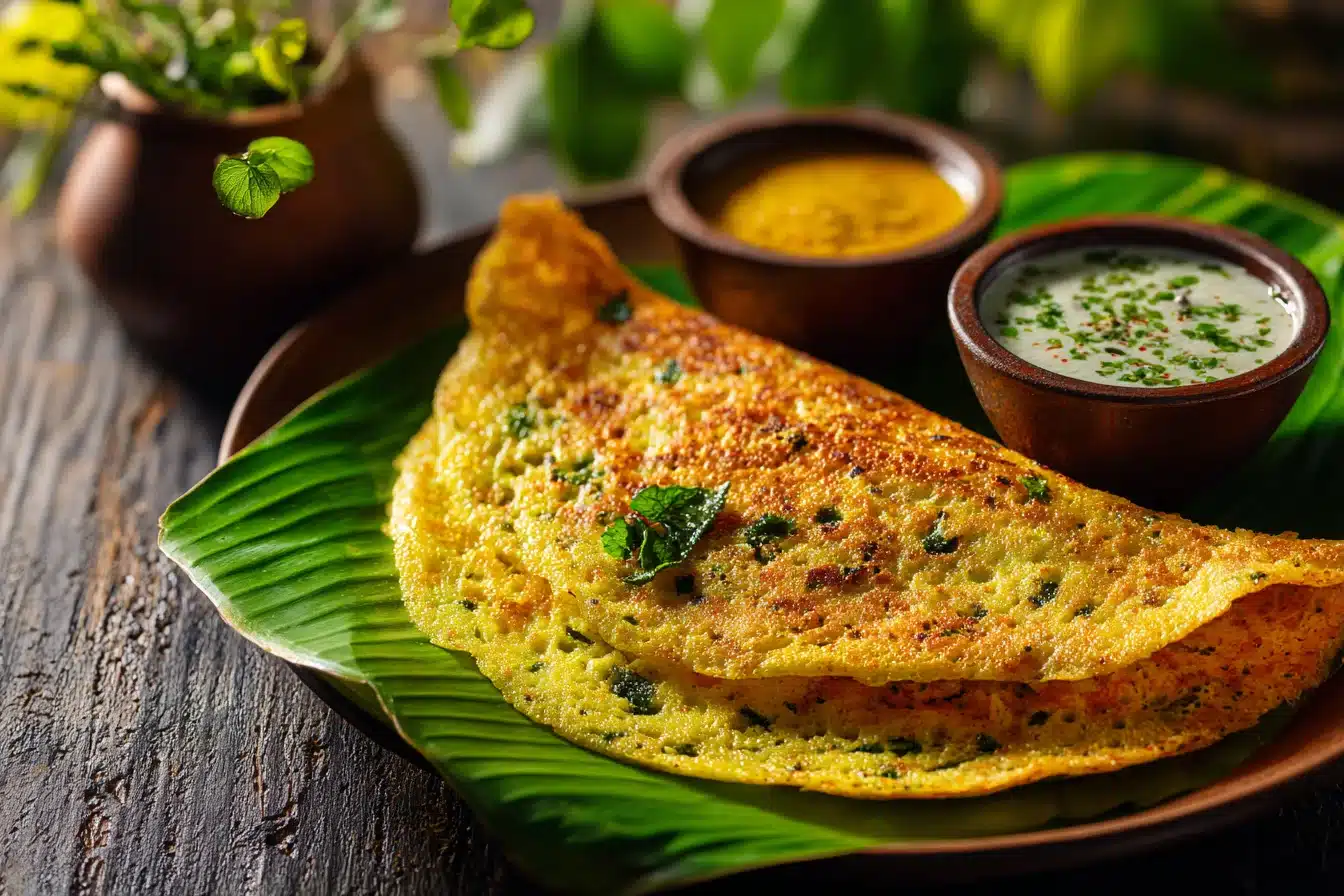

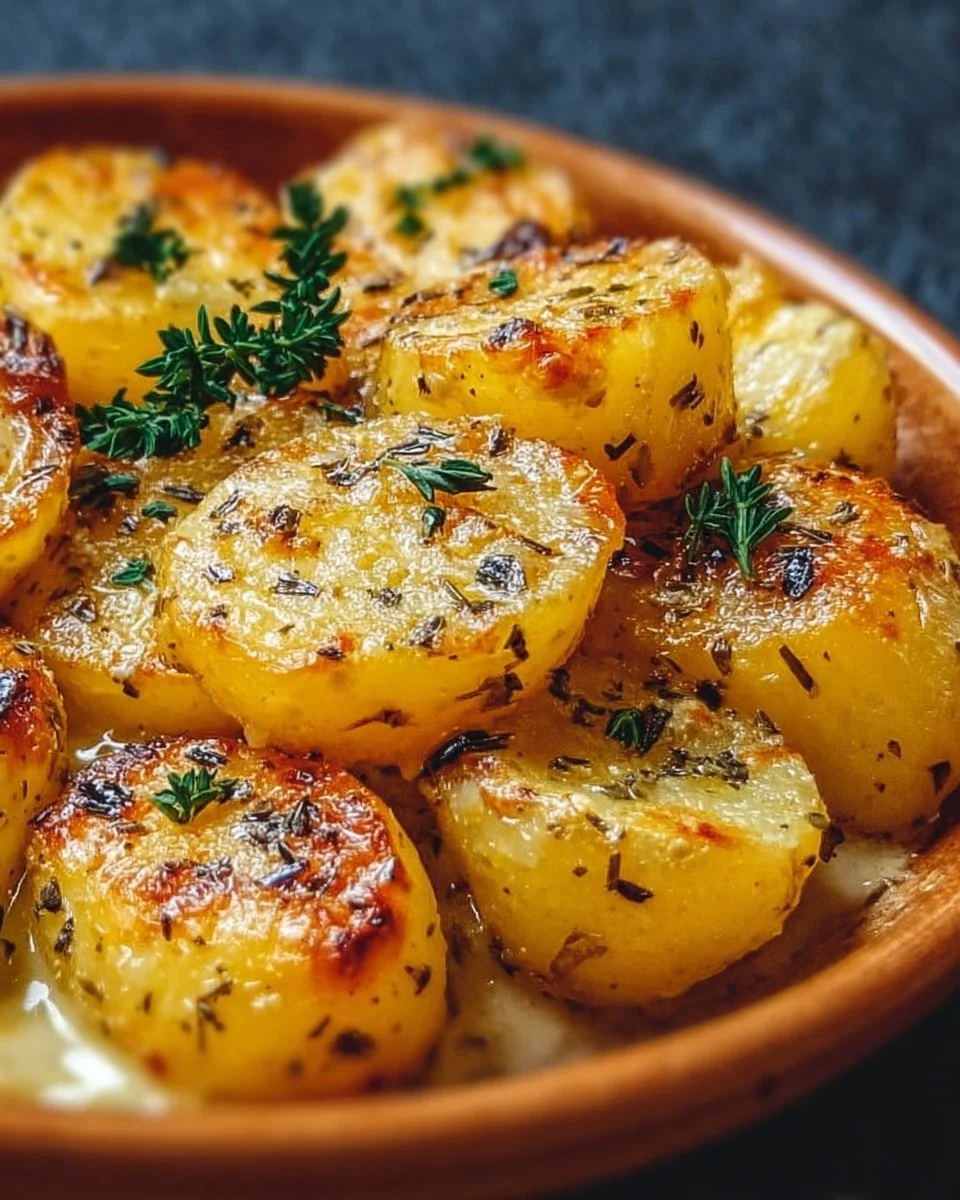
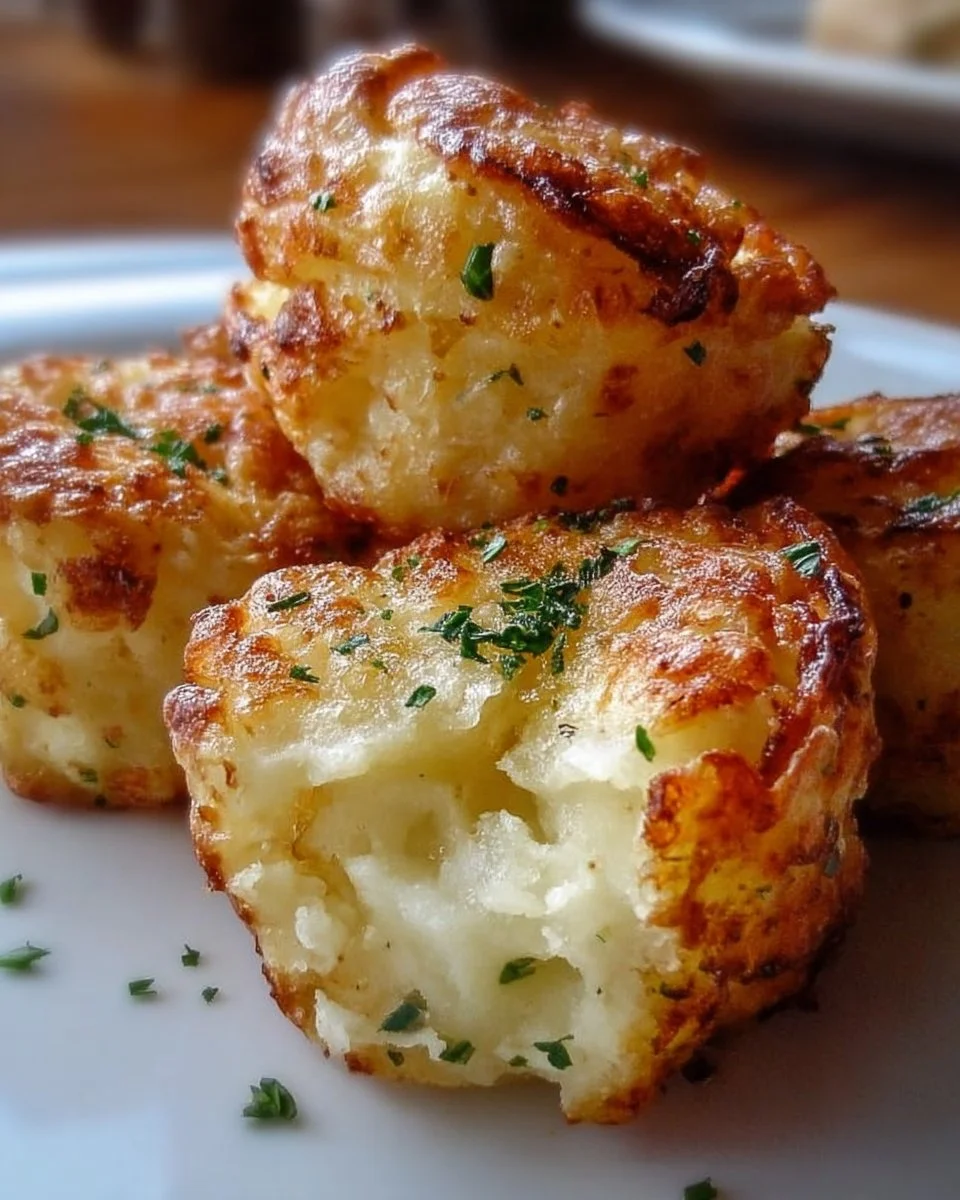
1 thought on “Pesarattu Recipe: Nutritious Green Gram Dosa Made Easy”